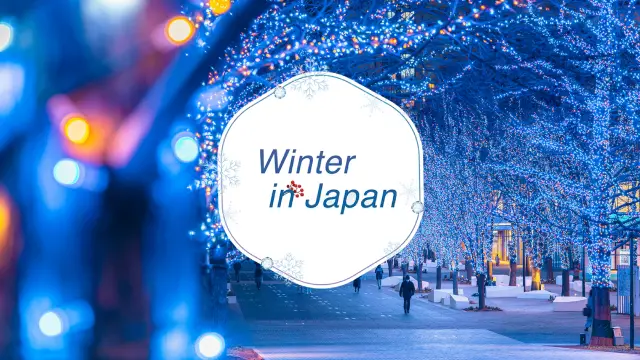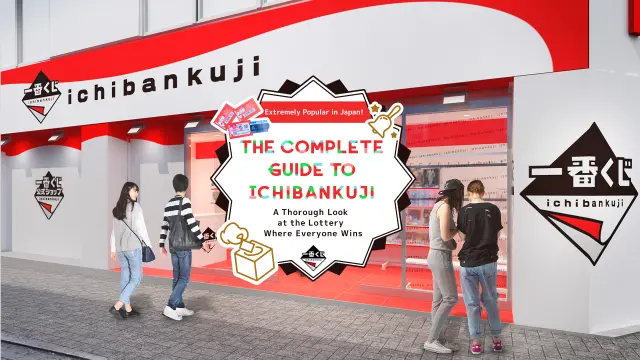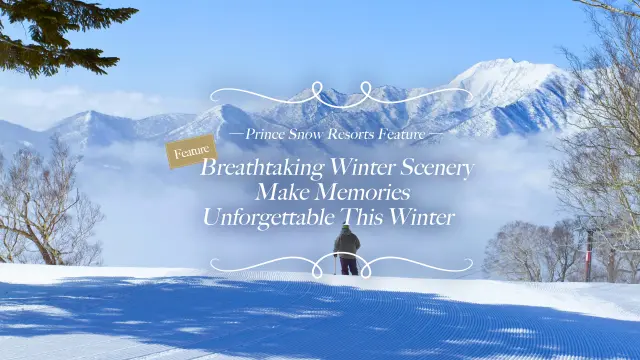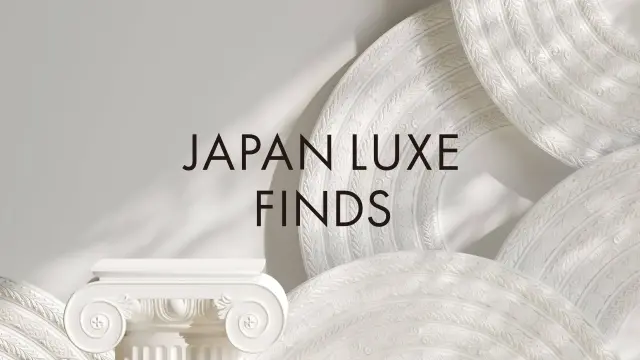The bridge was built in the first half of the 9th century during the Heian period (794-1185). It has been washed out many times, but each time it has been rebuilt. It is said that the name was given by Emperor Kameyama in the Kamakura period (1185-1333), as the moon moved across the bridge as if it were crossing over it.
The bridge has been featured in numerous ukiyoe woodblock prints, including those by Utagawa Hiroshige and Katsushika Hokusai, and has become a representative landscape of Arashiyama.
The current bridge, built of concrete in 1934, is strong enough for cars to pass through, but the wooden parapets are in keeping with traditional bridge construction methods and blend in with the surrounding landscape, making the bridge look natural enough to be used as a standard location for period dramas.
The park is in perfect harmony with the seasonal scenery: cherry blossoms in spring, green in summer, autumn leaves in fall, and snow in winter, and there is always a steady stream of tourists with their cameras ready. From the north side of Arashiyama Station on the Arashiyama Randen Line, a 150-meter walk across the Togetsukyo Bridge leads to Nakanoshima Park, where various types of cherry trees are planted. Beyond the bridge is the charming Togetsu-kobashi bridge, which is also close to Arashiyama Station on the Hankyu Line.
Highlights
-
Cafes with a great view are scattered along both banks of the Togetsukyo Bridge and Nakanoshima.
-
Although there are always many tourists on Togetsukyo Bridge, weekday mornings are best to visit as there are relatively few people on the bridge.
-
The jinrikisha (rickshaw), which stops at the north side of the bridge, is recommended, as the rickshaw man will be able to tell you about the best spots to visit.





































